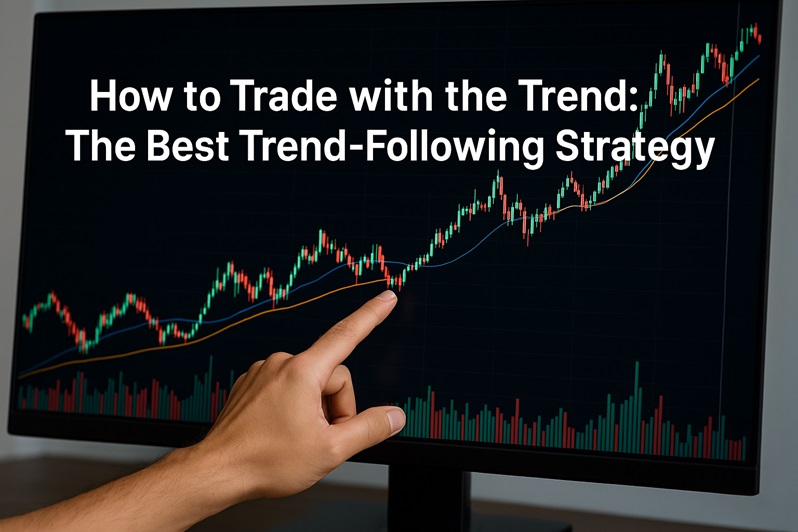
In the world of forex trading, the adage “the trend is your friend” remains one of the most reliable principles. Understanding how to identify, follow, and benefit from market trends is a cornerstone of profitable trading. Trend-following strategies empower traders to capitalize on sustained market movements, reducing the noise of short-term fluctuations and focusing on the broader direction of price action.
Recognizing and Validating Trends
The foundation of any trend-following strategy lies in accurately identifying a trend. Traders must distinguish between short-lived price movements and genuine, sustainable trends. A trend is typically defined by a series of higher highs and higher lows in an uptrend or lower highs and lower lows in a downtrend. To confirm a trend, many traders rely on tools such as moving averages, trendlines, or indicators like the Average Directional Index (ADX). Validating a trend before entering a position helps filter out false signals and avoid premature trades.
Timing Entries with Confirmation
Trading with the trend requires not just identification but also precise timing. Entering too early can expose a trader to retracements, while entering too late may limit the profit potential. Confirmation tools such as pullbacks to moving averages or breakout patterns can be effective entry signals. Patience and discipline are crucial in waiting for these confirmations to align with the prevailing trend. This approach ensures that traders enter the market during periods of high probability setups, increasing their chances of success.
Managing Risk in Trend-Following Trades
Risk management is essential in every trading strategy, especially when following trends that may eventually reverse. Setting stop-loss levels based on recent swing highs or lows provides a logical exit if the trend fails. Position sizing and risk-reward ratios must also be considered to maintain consistent profitability. Many successful trend traders trail their stop-loss orders to lock in profits as the trend progresses, adapting to changes in market momentum without overreacting to minor corrections.
Adapting to Market Conditions
Market trends do not last forever. They evolve, consolidate, or reverse, and recognizing these changes is key to long-term success. A robust trend-following strategy includes criteria for exiting positions and identifying trend exhaustion. Staying informed about economic events, news releases, and global sentiment helps traders adapt their strategies in real-time. Flexibility and continuous analysis are what distinguish successful trend traders from those who get caught in sudden market shifts.
Conclusion
Trend-following is a powerful strategy that, when executed with discipline and precision, can lead to consistent gains in the forex market. By learning to identify valid trends, confirm entries, manage risk effectively, and adapt to evolving conditions, traders position themselves for long-term success. Mastering the art of trading with the trend isn’t just about riding the wave—it’s about knowing when to jump on and when to let go.
FAQs
What is a trend-following strategy in forex?
It’s a trading approach that seeks to profit from sustained movements in one direction by identifying and following market trends.
How do I know if a trend is real or fake?
A real trend usually forms consistent patterns of highs and lows, and is often supported by technical indicators like moving averages or ADX.
Can beginners use trend-following strategies?
Yes, trend-following strategies are often easier for beginners to understand and apply, as they reduce the need to predict market reversals.
What timeframes work best for trend-following?
It depends on the trader’s style, but higher timeframes like H4 or Daily often produce more reliable trends.
Should I use indicators with trend trading?
Indicators can enhance trend-following strategies by confirming direction and timing, but they should complement—not replace—price action analysis.
